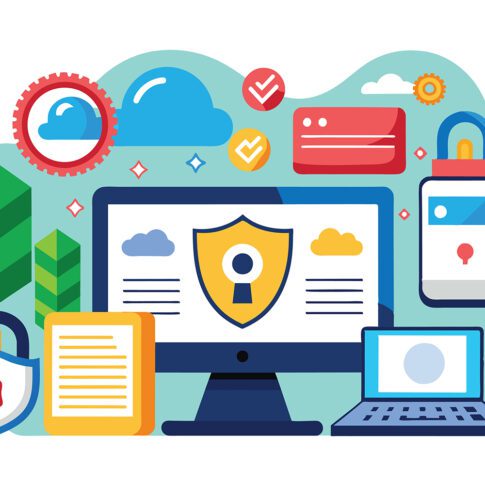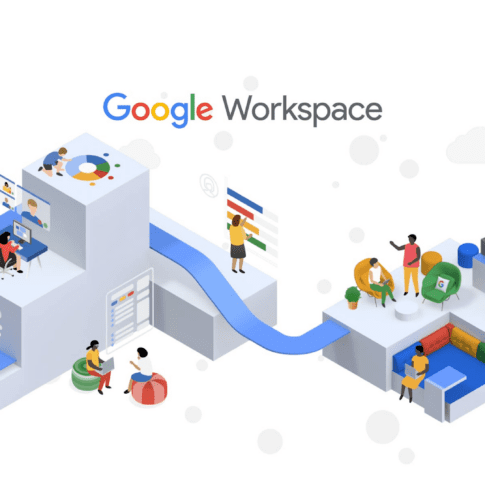How to organize sales events that people will love to attend?

The ideal scenario – a successful event. Satisfied clients. A growth in sales. And so it goes, from one event to the next, from one quarter to the next, from one year to another. It’s not science fiction, but rather a very viable scenario.
The topic of this post is how to increase sales as event organizers, thanks to that same event. How to have a successful and interesting event that results in new customers? How to organize a sales event that focuses on customer needs? These are just some of the questions we have been dealing with for a long time. And the result? The result is events that people like to attend, and perhaps more importantly, come back to. Here are 5 steps to help you with organizing your first event or even to just serve as a reminder. It’s never a bad time to go over some things, no matter how much experience you have.
FIVE STEPS TO A SUCCESSFUL SALES EVENT
STEP 1. Target your audience wisely.
The right people in the right place are key. Who are your potential customers? Who are you talking to? Are they Heads of Marketing, Sales and IT or CEOs? The same message can be delivered in a lot of different ways. The content of your presentation and the tone of it are closely related to your audience.
STEP 2. Be a good host. And yes, every little bit does count.
Take the time and effort if you’re organizing the event yourself. The same is true if you hire an agency. The better the input you give them, the better the final result will be. After all, this is your event and you want it to be as successful as possible. In addition to selecting a space that matches the event’s theme, audience size and profile, many details are important. Everything from the overall impression, visuals, gifts, IT, to your specific needs and wants. Plan well, check everything and then check again. Successful events often seem as if many things happen spontaneously. But behind that spontaneity is a lot of effort and careful planning. Inform yourself about the guests attending, prepare for conversations and really dedicate yourself to them. You also like to feel comfortable and welcome at other events, don’t you?
STEP 3. Be clear, interesting and educative.
Make sure people are clear on what you’ll be talking about from the very start, even when signing up. Be interesting, interactive and as educative as possible. No one wants to listen to boring speeches and watch monotonous slides. Involve your audience in the story, let them feel as part of the event, not as isolated islands. Try transferring some new knowledge and strive to be innovative. We always like to invite guests and clients to tell the story from their own perspective. Satisfied clients are the best ambassadors.
STEP 4. Listen to your clients, again and again.
Listen to your customers at the event and after it. Follow them up. If you follow up in writing, make sure it’s not long and tedious. Contact them and ask them how satisfied they are, what they liked or didn’t like. What would you like to see and hear at the next event? Listen to them carefully, these information are key.
STEP 5. Summarize, connect, analyze.
Every single piece of information that you’ve learned – write it down, save it and store it. Saving data to different spreadsheets is not the best solution, because you will eventually end up with tens of hundreds of tables that no one will ever read (been there, done that). This approach is, for the most of us, unsustainable in the long term. But there are CRM solutions designed precisely to manage customer relationships that provide us with live, always-available information that we can analyze and use effectively for our next events. Such solutions, if well-implemented and tailored to the needs of the user, are an excellent platform for building long-term relationships with customers.
And a bit of advice
Don’t treat events as just a part of marketing and PR. They are an amazing opportunity to build long-term relationships and to connect with your clients, online or offline, combined with other tools you use. It’s about the big picture, which includes the effective joint work of various teams within the company. But that’s a topic for another post…
Related articles
NIS2, DORA, and the Cybersecurity Act – What Awaits Us?
NIS2 Directive – Who Does It Concern and How to Implement It?

What Is Penetration Testing and Why Do You Need It?

10 Questions You Need to Ask About the NIS2 Directive – and Why It Concerns Us All
HSM in 2024
Why buy a Google license from a local partner?
Google Workspace vs. Microsoft 365 – which one suits your needs better?

What is Google Workspace and how can it help teams collaborate even better?
HSM in 2023